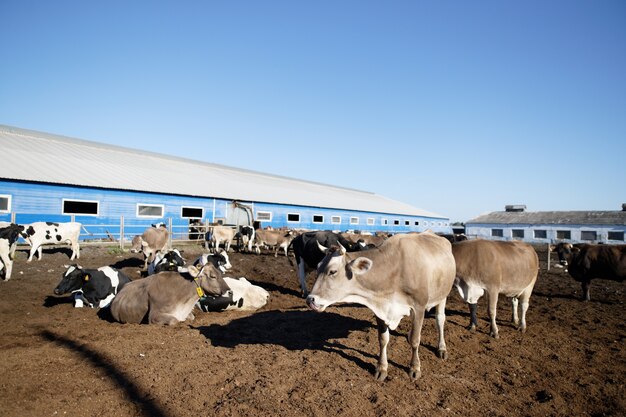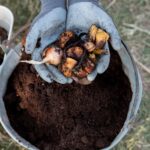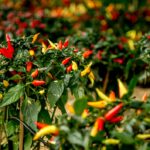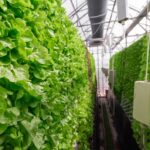Livestock farming is a crucial component of agriculture, providing essential products such as meat, milk, wool, and leather. To run a successful livestock operation, it’s vital to make informed decisions about the breeds you choose and the tools you use. The right selection can significantly impact productivity, animal health, and overall profitability. Here’s a guide to choosing the best breeds and tools for your livestock farm.
1. Choosing the Right Livestock Breeds
The breeds you select for your farm should align with your goals, whether you’re focusing on meat production, milk, wool, or other products. Different breeds offer distinct advantages depending on your climate, farming practices, and market demand.
Meat Production Breeds
If you are focused on meat production, consider breeds that grow quickly, have good feed-to-weight conversion rates, and produce high-quality meat. Popular beef cattle breeds include:
- Angus: Known for producing high-quality beef with excellent marbling.
- Hereford: Resilient in various climates and produces tender meat.
- Charolais: A fast-growing breed that yields a large quantity of lean meat.
For sheep and goats, meat breeds like Boer goats (known for fast growth and high-quality meat) and Dorset sheep (which produce both meat and wool) are good choices.
Dairy Production Breeds
If you are running a dairy farm, selecting high-yielding breeds with strong milk production capabilities is crucial. Some of the top dairy breeds include:
- Holstein: The most common dairy breed, known for high milk production.
- Jersey: Smaller cows that produce rich, creamy milk with a higher butterfat content.
- Guernsey: A hardy breed that produces milk with high nutritional value.
Dual-Purpose Breeds
Some breeds are versatile, serving both meat and dairy purposes. For example, Simmental cattle, known for their beef and dairy production, and Columbia sheep, which are used for both wool and meat, can be beneficial for farmers seeking more flexibility.
2. Selecting the Right Tools for Livestock Farming
To keep your livestock healthy, productive, and efficient, having the right tools is just as important as choosing the right breeds. These tools not only help in daily operations but also ensure that you are meeting the welfare needs of your animals.
Feeding Tools and Equipment
Feeding is one of the most significant aspects of livestock farming. Automatic feed systems, silos, and feed mixers can help ensure your animals get a balanced and consistent diet. For larger farms, investing in a grain auger or feed conveyor can help distribute feed quickly and efficiently. For dairy cattle, you might need milking machines that speed up milking while ensuring hygiene.
Healthcare Tools
Keeping your livestock healthy is essential for maximizing productivity. Common tools include:
- Livestock scales: For weighing animals to monitor growth and health.
- Syringes and vaccination kits: To administer vaccines and medications.
- Hoof trimmers: To maintain proper hoof health, especially for cattle and goats.
- Dehorning and castration equipment: Used to ensure the safety and comfort of animals.
Regular health monitoring tools, like thermometers and temperature sensors, can also help detect early signs of illness before it becomes a widespread issue.
Handling and Transportation Tools
Efficient handling and transportation are critical to both animal welfare and farm efficiency. Investing in quality livestock pens, corrals, and gates can help ensure that your animals are safely managed during feeding, milking, or medical procedures. Livestock trailers are essential for moving animals from one location to another, whether for breeding, grazing, or selling.
Manure Management Tools
Proper manure management is necessary for both hygiene and environmental sustainability. Manure spreaders, composters, and manure forks are useful for maintaining a clean and healthy environment for your livestock.
Fencing and Security Tools
Strong fencing is essential to protect your livestock from predators and prevent them from escaping. Materials like woven wire fencing or electric fencing are commonly used in livestock farming. Security cameras and motion sensors can also help protect your farm from theft or unauthorized access.
3. Environmental Considerations
When selecting livestock breeds and tools, consider your local climate and environment. For example, certain breeds may be more suited to hot, arid conditions (like Brahman cattle) while others may thrive in cooler climates. Additionally, investing in irrigation systems and water troughs will ensure your animals stay hydrated in any weather.
4. Economic Factors
Ultimately, the success of your livestock farming operation depends on the financial viability of your choices. Consider the upfront costs of purchasing breeds and tools, along with long-term operating costs. High-performance breeds and advanced tools may require higher initial investments but can result in higher yields and greater profitability. Be sure to assess your budget and financing options carefully before making decisions.
Choosing the right breeds and tools for your livestock farm is a critical step toward ensuring a successful operation. Selecting breeds that match your goals and investing in the right equipment will not only improve animal welfare but also boost productivity and profitability. By understanding the needs of your animals and the specific demands of your farm, you can make informed decisions that support both the short-term and long-term success of your livestock farming venture.
Join 'Farmers Mag' WhatsApp Channel
Get the latest Farming news and tips delivered straight to your WhatsApp
CLICK HERE TO JOIN






